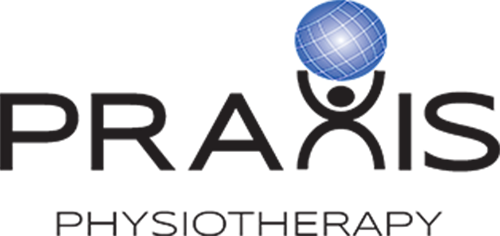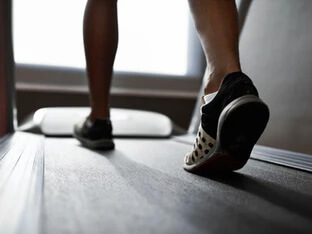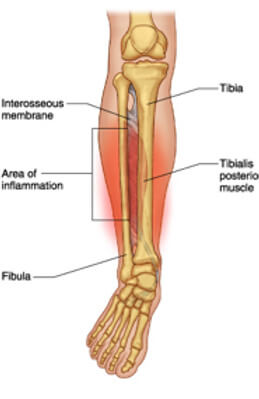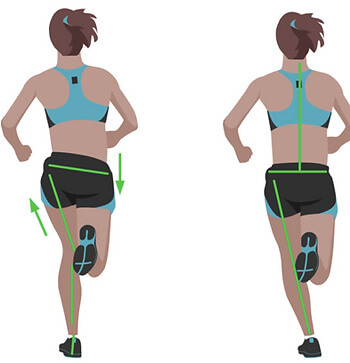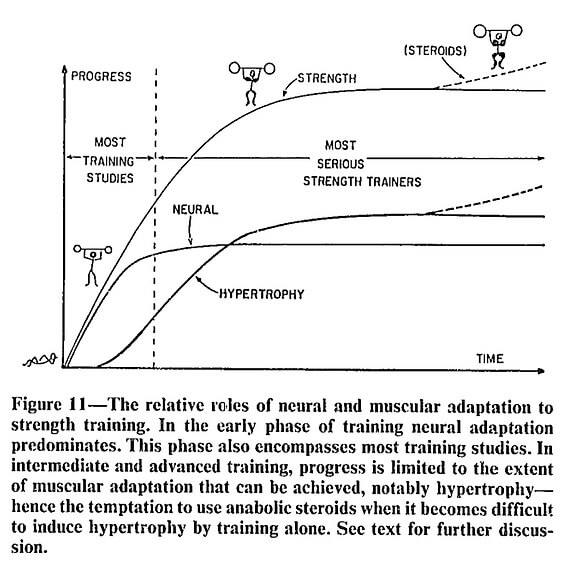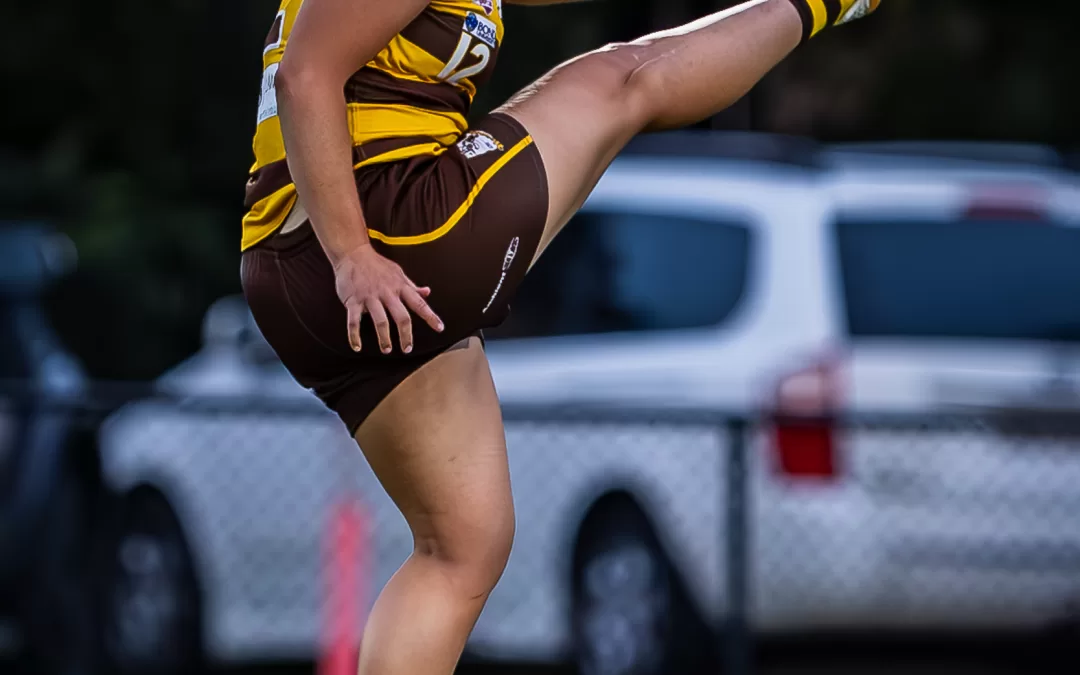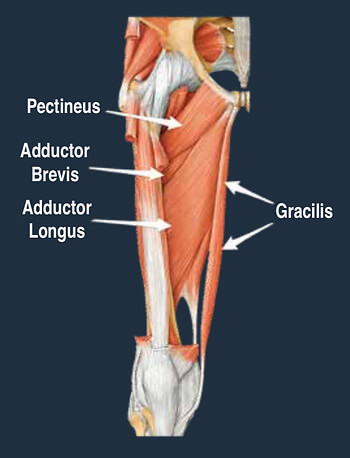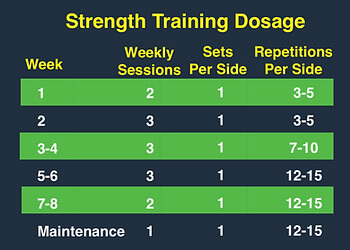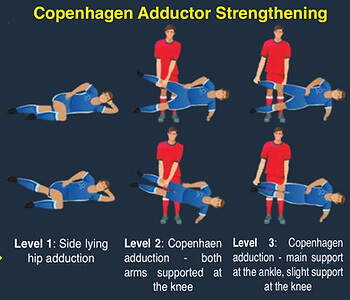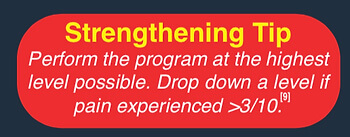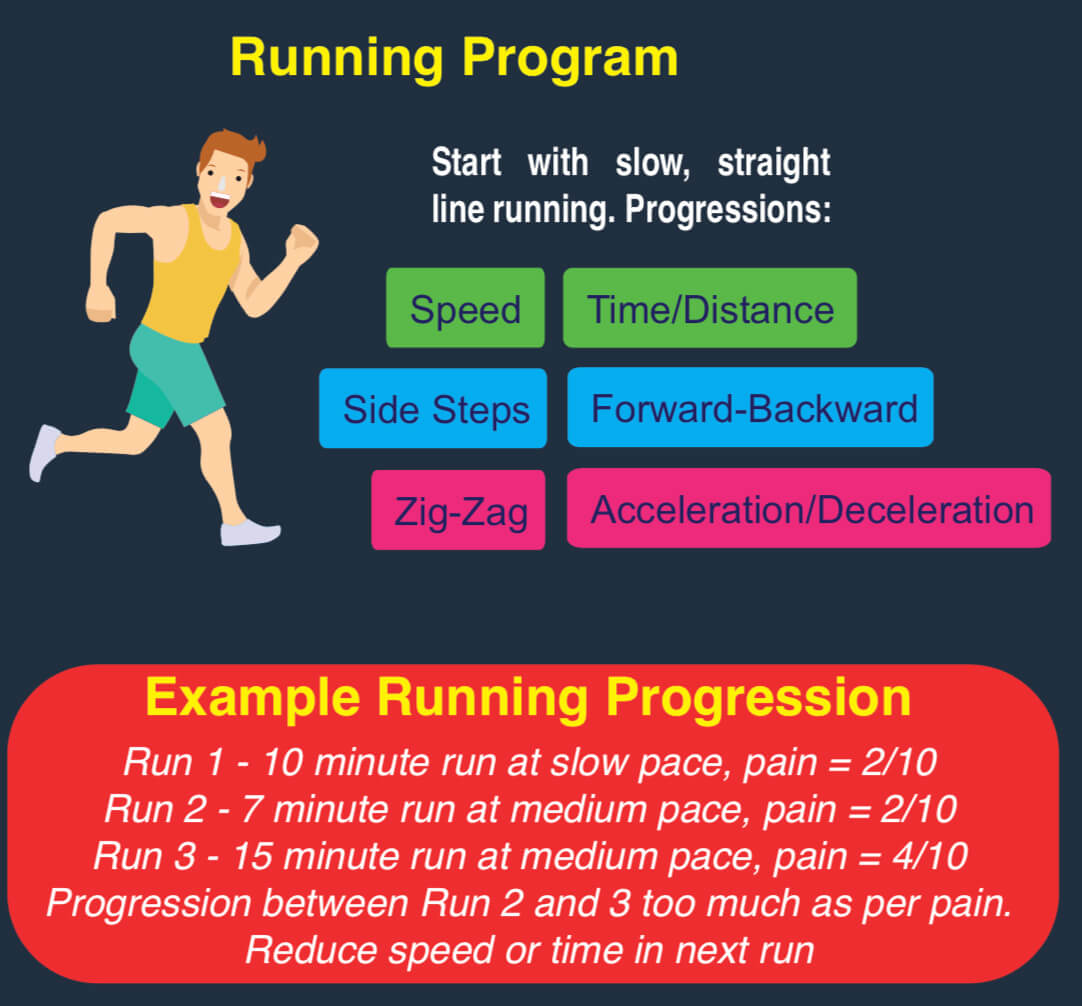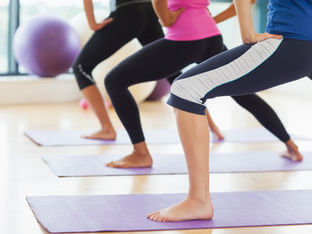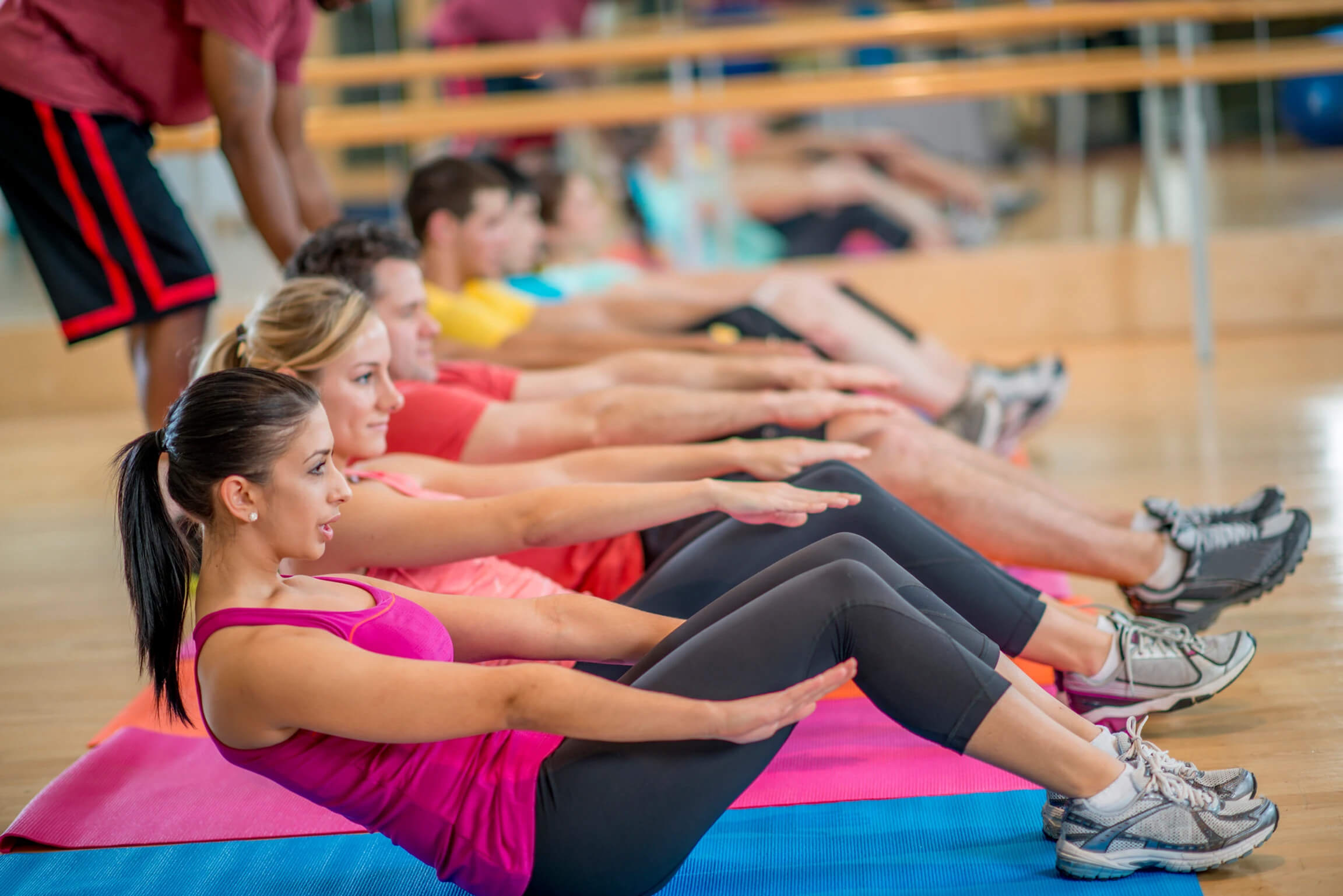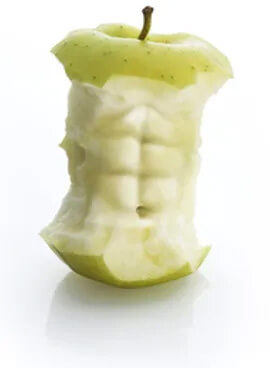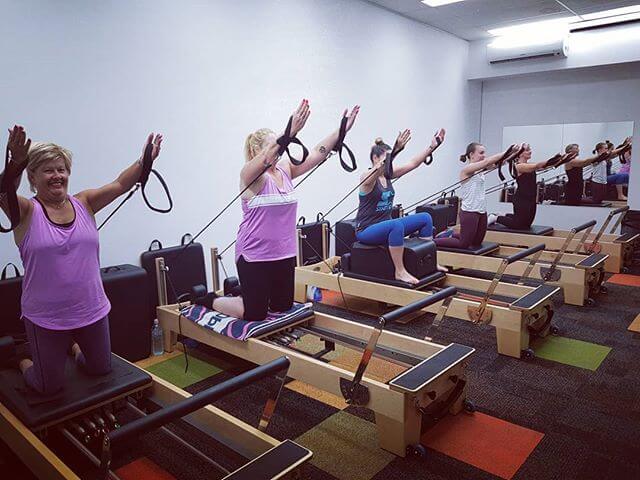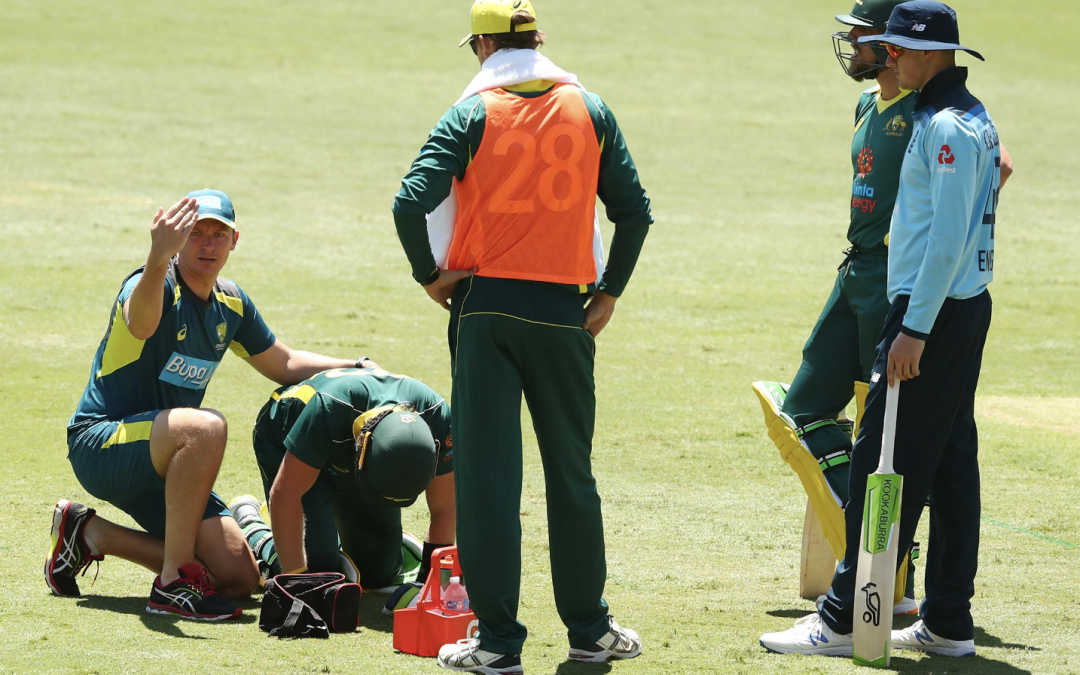
Sporting Injuries
Are you a weekend warrior who is plagued by injury or an aspiring athlete trying to find that extra 1% or somewhere in between? We know how frustrating it can sitting on the side lines and not being able to be involved in the things that make you happy. All the Praxis team have (or still do) play sport of some description and understand the anguish that goes hand in hand with injuries. That is why we do what we do!
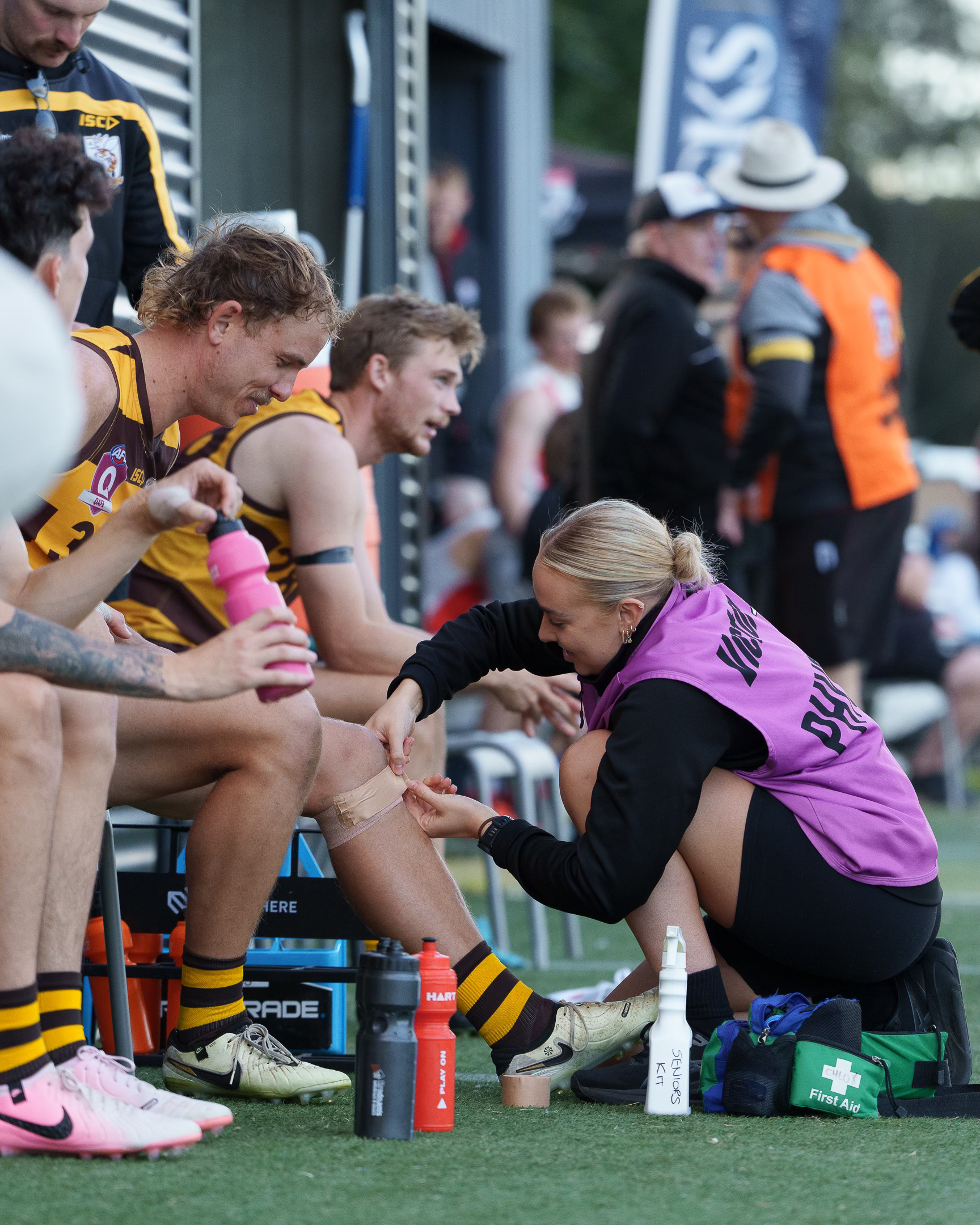
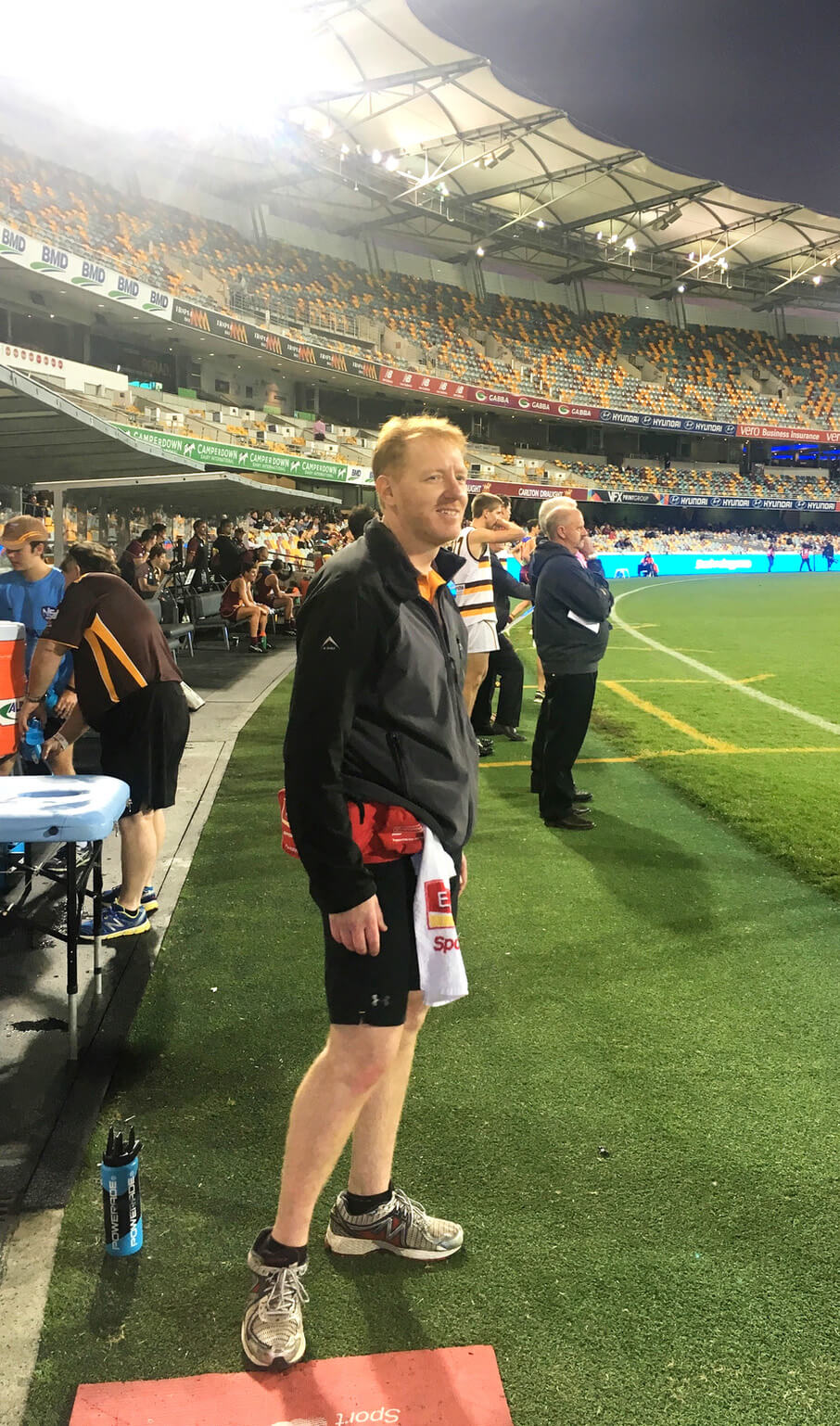
We separate ourselves from other therapist because we know that specific, personalised and evidence based physiotherapy is the most effective and efficient method to getting you back to what you love doing quicker and better. Combine that with our years of experience in treating all athletes from the elite to the weekend warrior, and there is no sport we can’t help with!
In summary, we believe that specific, personalised and evidence based physiotherapy is the most effective and efficient method in
If you are looking to Prevent future dysfunction, Prepare for your activity and Perform at your best, the Praxis Team has you covered and will get you achieving your goals sooner! See one of expert team members today by giving us a call on (07) 3102 3337 emailing admin@praxisphysio.com.au or booking online.
Team Praxis
PREVENT | PREPARE | PERFORM
